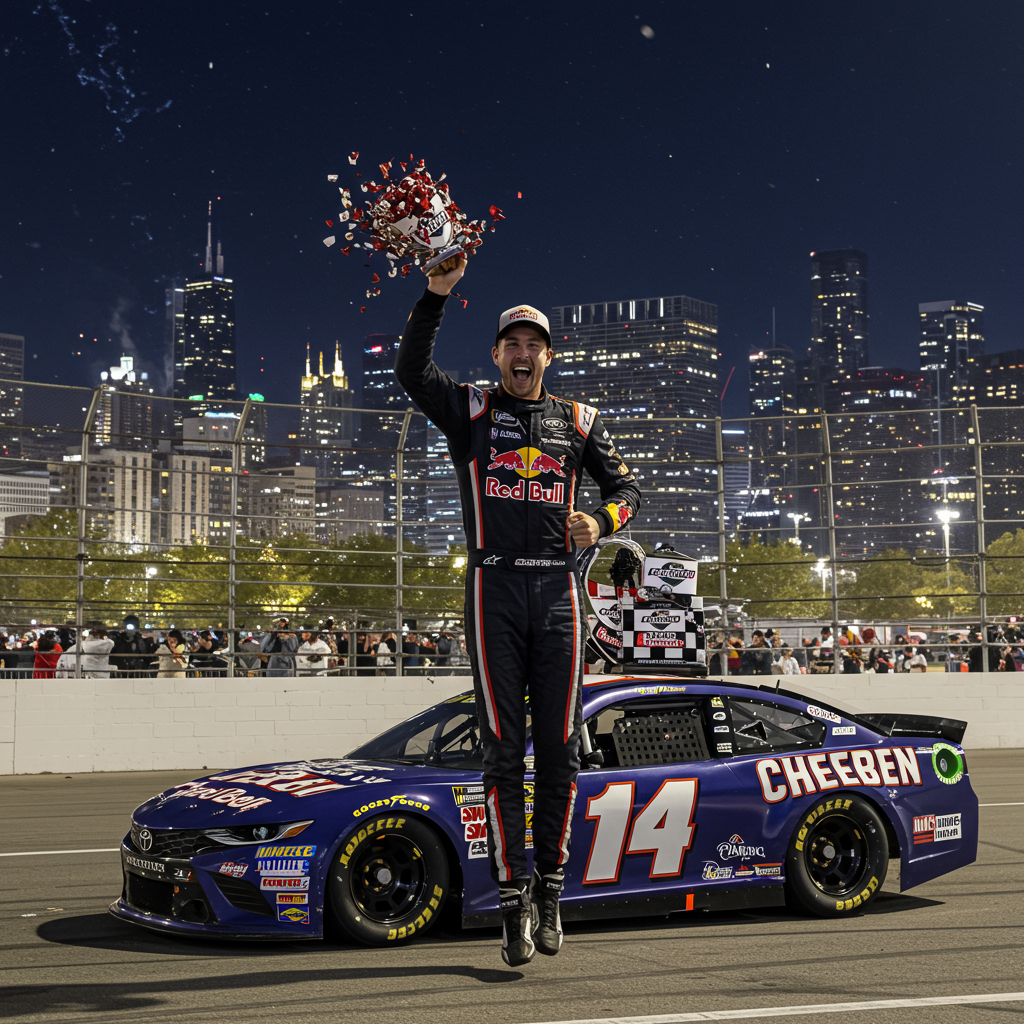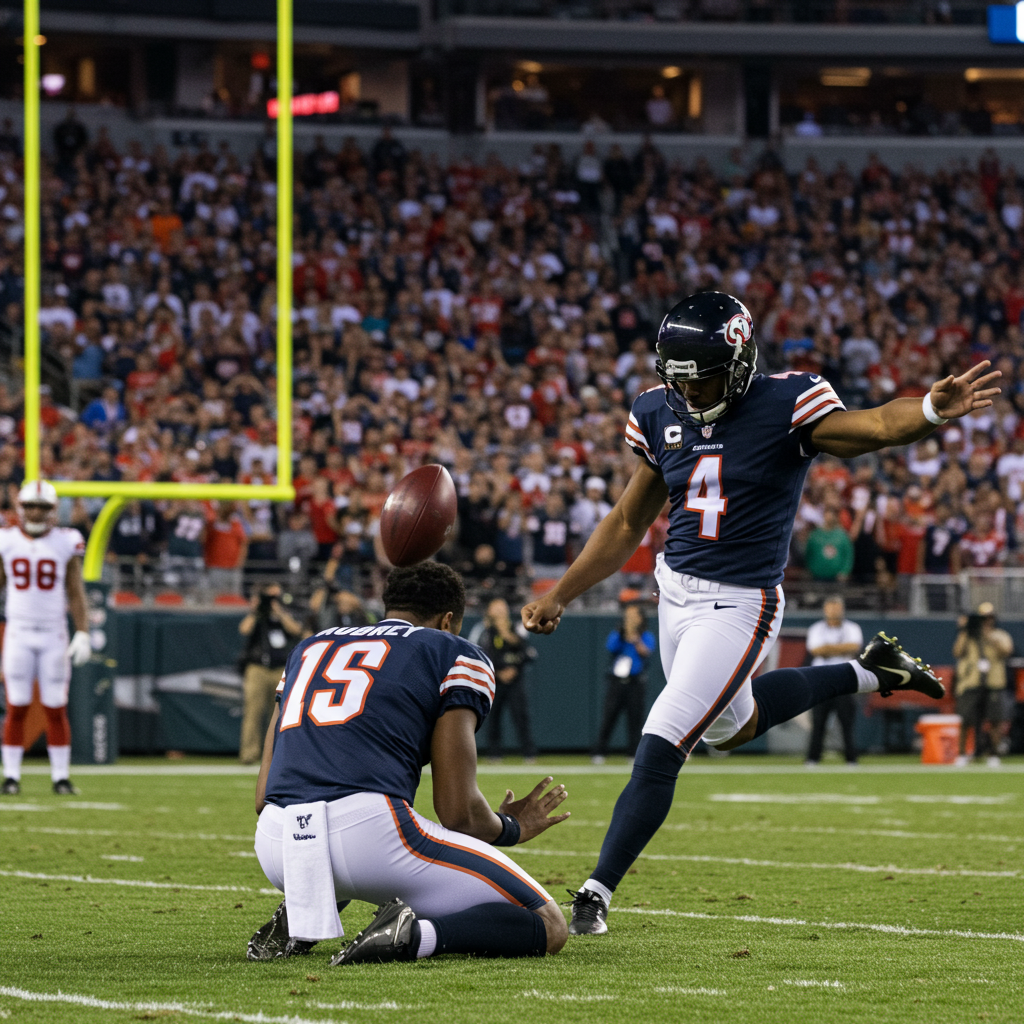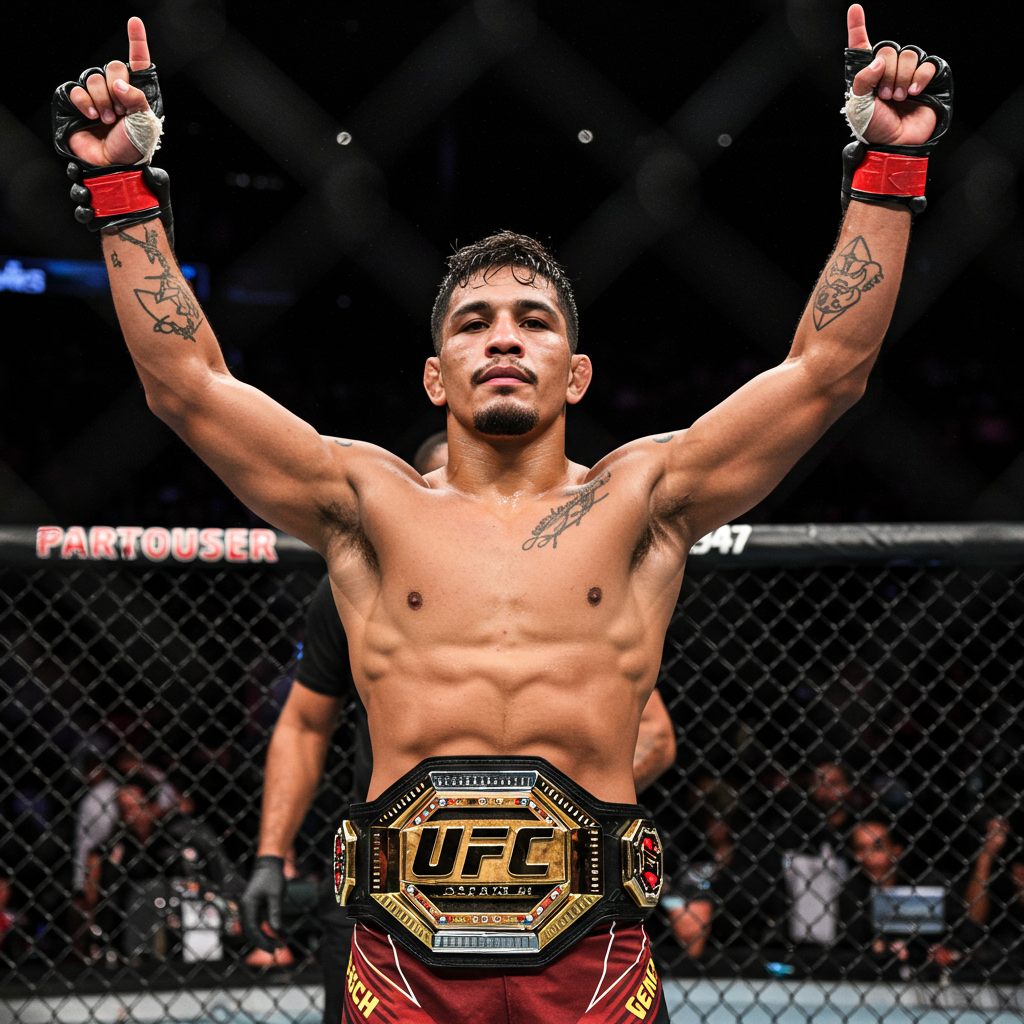The NBA landscape was bracing for a seismic shift this offseason, but few anticipated the first major tremor to arrive in the form of a blockbuster trade involving Desmond Bane. On Father’s Day morning, the Memphis Grizzlies and Orlando Magic surprised the league by agreeing to a significant deal:
Orlando Magic receive: Guard Desmond Bane
Memphis Grizzlies receive: Guard Cole Anthony, Guard Kentavious Caldwell-Pope, four future first-round draft picks, and a future pick swap.
This wasn’t the Kevin Durant mega-deal many were fixated on, which added to the shockwaves felt across the NBA. League insiders quickly began dissecting the motives and potential ripple effects of this fascinating early offseason maneuver.
Why Orlando Made a Bold Splash
For years, the Orlando Magic were the answer to an NBA trivia question: Who was the last player the Magic actively acquired via trade? Before this deal, it was Markelle Fultz back in 2019. That era of inactivity is definitively over.
Orlando clearly views Desmond Bane as a crucial piece needed to elevate the franchise and potentially contend in the Eastern Conference. It’s been 15 years since the Magic last won a playoff series, and after consecutive first-round exits, they were eager to take the next step.
The rationale is clear: Orlando desperately needed perimeter shooting. Last season, they ranked last in the NBA in three-pointers made per game and had the worst three-point percentage. Bane, a career 41% shooter from beyond the arc, who averaged 2.7 made threes per game and shot 38.7% over the last two seasons, is a direct solution. His offensive value is underscored by a 0.142 Win Shares per 48 Minutes mark last season, matching players like Kevin Durant and Stephen Curry.
Many sources around the league see Bane as a perfect fit – an effective off-ball guard who can shoot, defend, and provide shot creation alongside Jalen Suggs and complementary to Paolo Banchero and Franz Wagner. As one assistant coach noted, “There’s not a lot of guys that you would want to grab as your third option that can do it to the level that he can do it.”
However, the price tag was hefty. Bane is owed $163 million over the next four years, a deal signed before the new second apron rules impacted team building, leading some scouts to question if he’s a “max guy.” On top of the contract, the draft capital surrendered was significant. While opinions are mixed on whether this trade instantly makes the Magic a top East threat, there’s little doubt they addressed their most glaring weakness.
Notably, the Magic had explored various avenues to add shooting, including potential trades. Insider reports indicated that despite fitting the shooting profile they needed, a move for Cleveland’s Darius Garland was unlikely due to the Cavaliers’ reluctance to trade him within the Eastern Conference, pushing Orlando to pursue other targets like Bane.
Memphis’ “Not Close” Pivot
Grizzlies general manager Zack Kleiman’s assessment six weeks prior was blunt: After a first-round sweep, the team was “not close” to contending. Trading Desmond Bane, a key part of their core alongside Ja Morant and Jaren Jackson Jr., is a decisive action based on that evaluation.
This move appears to signal a potential “retooling” or even a soft “rebuild” for Memphis, centered on accumulating future assets. While some speculation arose about the futures of Morant or Jackson Jr. following the trade, sources indicate the Grizzlies are not looking to deal either star. Instead, the focus has been on clearing salary space – partially enabled by the Bane trade – to facilitate a long-term contract extension for Jaren Jackson Jr., securing a core piece well beyond his scheduled 2026 free agency.
The Grizzlies are also committing to a new fast-paced, pick-and-roll heavy system under coach Tuomas Iisalo, designed to maximize Morant’s strengths. They also see young players like Jaylen Wells as potential long-term starters.
The primary gain for Memphis is the substantial haul of draft capital. This includes the #16 pick in the upcoming 2025 draft, swap rights in 2026 (involving three teams), unprotected first-round picks in 2028 and 2030, and a protected swap right in 2029. The most attractive asset is next year’s pick, which is the lesser of Phoenix’s and Washington’s, highly likely to land in the lottery and potentially within the top 10.
This influx of picks provides Memphis with significant flexibility to build for the future. Given the anticipated strength of teams in the Western Conference, acquiring these assets is seen as a “nice pivot” that allows the Grizzlies to take a temporary step back with Bane’s departure in hopes of taking multiple steps forward down the line. However, the trade has also sparked questions among insiders about Ja Morant’s long-term certainty in Memphis if the team is indeed shifting direction and considering potential moves of core pieces, especially given past injury and off-court concerns.
Reshaping the Kevin Durant Trade Landscape
The Bane trade has had an immediate impact on the ongoing Kevin Durant saga. The universal belief among league sources is that the package of draft picks sent for Bane, who has not yet made an All-Star team, will likely serve as a benchmark or even a ceiling for what the Phoenix Suns can expect in return for a future Hall of Famer like Durant.
As one executive put it, recent deals like Bane’s haul or the five first-rounders the Knicks traded for Mikal Bridges last year mean teams have to “throw their prior precedents and baselines out.” While these trades don’t suddenly value Durant at “12 firsts,” they do redefine the market, suggesting the return won’t come anywhere near the massive package the Brooklyn Nets received just 2½ years ago.
This reality forces the ongoing question: What is Durant worth in the current climate? While Durant is reportedly willing to sign extensions with teams like Houston, San Antonio, and Miami, and Minnesota is still discussed as a potential landing spot, the final return package will be closely watched as the Suns’ ownership navigates a market reset by recent trades.
Shifting the Eastern Conference Playoff Picture
Perhaps the biggest ripple effect of the Bane trade is its impact on the wide-open Eastern Conference. The landscape fundamentally changed with the devastating Achilles tendon tear suffered by Celtics star Jayson Tatum in the Eastern Conference semifinals. While there’s hope for a full recovery, his injury all but certainly removes Boston as the dominant force for the 2025-26 season, creating a massive opportunity for other teams.
Orlando was the first to capitalize on this opening, making the bold move for Bane. After seeing the Indiana Pacers make a run to the NBA Finals, many teams with young cores who had first-round exits are now looking to expedite their timelines and make win-now moves.
The competitive balance in the East is quickly shifting. While the 64-win Cleveland Cavaliers expect their core to return, their standing in the East is seen as slipping, particularly after early playoff exits and reported setbacks in pursuing major offseason upgrades – a situation potentially exacerbated by a reported Darius Garland injury and the unwillingness to trade him to a strengthening conference rival like Orlando.
Other teams are also navigating uncertainty or looking to improve. The Knicks face questions after parting ways with coach Tom Thibodeau. The Celtics have roster dynamics to address. The Pistons, after an encouraging playoff showing, might create cap space. The Sixers believe they can compete if healthy. And the Milwaukee Bucks still face questions around Giannis Antetokounmpo. As one executive summarized, the East has “become way more open-ended,” prompting owners to view it as a prime window to strike, even if it still means a crowded field where multiple contenders could falter in the first round.
Why This Summer’s Draft is Pivotal
The Bane trade also highlights the crucial role of the upcoming NBA Draft on June 25th. With very limited cap space across the league – the rebuilding Nets being a rare exception with meaningful room – and a less impactful free agent class, the draft is shaping up to be the primary day for teams to significantly maneuver and improve their rosters.
The #16 pick acquired by Memphis is just one example of the draft capital teams are valuing and moving. Sources expect 2025 draft picks to be included in any potential Kevin Durant deal, likely before the draft even takes place.
Between teams looking to shed salary, reshuffle rosters after an eventful season, and capitalize on the changing landscape, the draft provides the most flexible opportunity for impactful moves. This, coupled with a draft class featuring top prospects like Cooper Flagg and Dylan Harper, and a deep pool of talent, sets the stage for a highly active and unpredictable draft night, far more than a normal year.
The Desmond Bane trade wasn’t just a two-team deal; it was a signal flare across the league, resetting expectations, shifting conference dynamics, and underscoring the escalating value of draft assets in the modern NBA. Every front office is now watching to see what domino falls next.



